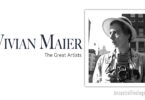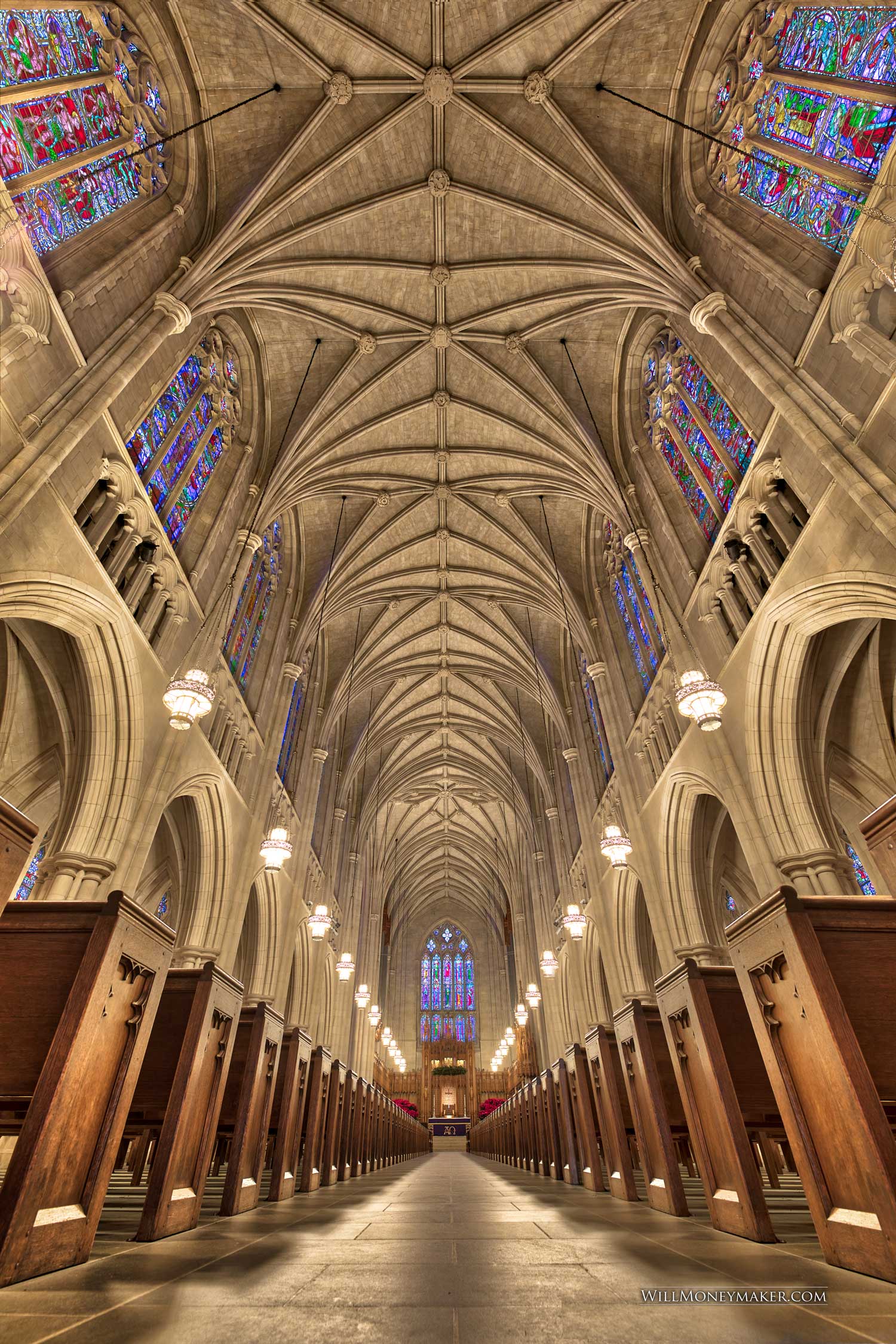One of Robert Doisneau’s most famous photographs is entitled “Le baiser de l’hotel de ville,” and it’s one that quite possibly perfectly encompasses the kind of work that Doisneau did. The image’s title translates to “The Kiss by the City Hall,” and that’s what it depicts. A couple kissing on a busy street, showing all the vigor and beauty of humanity at its finest.
That’s one of the things that Doisneau is noted for. Though he was a photojournalist who created during the Nazi occupation of France and in the aftermath, his work doesn’t feature the sort of gritty images that you might expect from a photographer documenting such things. In one image after the next, there is a sense of playfulness and levity. Positivity, which perhaps informs us that even the darkest times still have their bright spots.
In fact, Doisneau focused on positivity wherever he could. In the aftermath of World War II, tensions were still high, and those tensions were often taken out on groups of people who had been in some way involved with the German occupation. While many photographers documented everything, the good and the bad, Doisneau refused some things. For instance, some women would have their heads shaved because they’d slept with German officers—and Doisneau refused to take photographs of them so as to avoid publicizing the challenges they were going through.
His is a unique approach to street photography, a perspective unlike any other. So let’s dig in, learn about the man, and find out what made him the photographer he became.
Robert Doisneau’s Early Life
Doisneau was born on April 14, 1912—and his childhood was a tragic one. His father, who was a plumber, died while on active duty in World War I when Doisneau was only four. Three years later, when he was aged seven, his mother passed away. Doisneau went to live with his aunt, who by all reports raised him in an unloving environment.
From there, he went to school, and by age 13, he was in a craft school called the Ecole Estienne in Paris. He spent a few years schooling there and then graduated in 1929 with two diplomas, one in lithography and another in engraving. It was at this school that he first began learning of various arts, not only lithography and engraving but also through classes he’d taken in still life art and figure drawing.
While many photographers take up the art later in life, Doisneau started early. When he was 16, he started taking photographs, but as stories say, he was very shy, which meant that he started off by taking photographs of cobblestones before eventually working up the courage to photograph children, then later, adults.
Doisneau’s Entry into Professional Photography
It was at the end of the 1920s that Doisneau became a photographer professionally. This came through work at the Atelier Ullmann (translates to Ullman Studio). Ullmann was a creative graphics studio that specialized in work for pharmaceuticals. Initially, he began working for them as a lettering artist, but when an opportunity came along, he became a camera assistant for Ullmann, and then later, he advanced to become a staff photographer.
Doisneau’s Artistic Career Begins
By 1931, Doisneau had left Ullmann and taken work as an assistant to Andre Vigneau, who was a modernist photographer. This is where Doisneau’s career as an artist and photojournalist was born. He sold his first photographic story to Excelsior magazine in 1932, and then in 1934, he began working for Renault as an advertising photographer.
Though it was advertising work, the experience with Renault spurred on his interest in photography and photographing people. Eventually, in 1939, he was fired from this job for perpetual lateness—and that turned into perhaps one of the best developments in his life.
After losing the Renault job, he was forced into freelancing, which meant that he spent his time engraving and creating postcard photos to make a living. Later in 1939, Charles Rado of the Rapho photography agency hired him, and Doisneau’s career blossomed. He traveled throughout France searching for photographic stories, which marked the birth of his career as a street photographer.
War and Post-War Photography
When World War II broke out, Doisneau was drafted into France’s army. Here, he served until 1940 as both a soldier and a photographer. Between 1940 and 1945, Doisneau joined the French Resistance, using his various skills to forge passports and other papers needed to help refugees escape.
If you look through his portfolios, you’ll discover that many of Doisneau’s most poignant photographs came after the war, some in the direct aftermath. Once World War II ended, he returned to freelance photography, selling photos to international magazines, including Life. From there, he drifted some, turning down an invitation to join Magnum Photos, joining the Alliance Photo Agency for a short time, then eventually rejoining Rapho in 1946, where he’d spend the rest of his photographic career.
Doisneau’s Philosophies
This is a man who lived through a lot, from a difficult childhood to World War II. Doubtless, all of these things left their mark on him and his photography. But despite all the turmoil that he saw, Doisneau refused to photograph negativity. “I don’t photograph life as it is,” he once said, “but life as I would like it to be.”
That’s why his photographs never ridiculed or portrayed his subjects in unfavorable ways. Doisneau was a street photographer at heart—over the years, he tried things like fashion photography, but his true passion was always to return to the streets and capture the joy and beauty he found there.
Robert Doisneau passed away on April 1, 1994, but the legacy he has left looms large. In France, at the Atelier Robert Doisneau, his daughters manage a collection that includes 450,000 negatives. His portfolio features dozens of examples of the tenderness and thought that he used to approach his work, and his bibliography is a long one, filled with many, many books displaying yet more of his work. Truly, Doisneau is an inspiration to all of us, a man who proved that even during hard times, there are still bright spots to be found.



